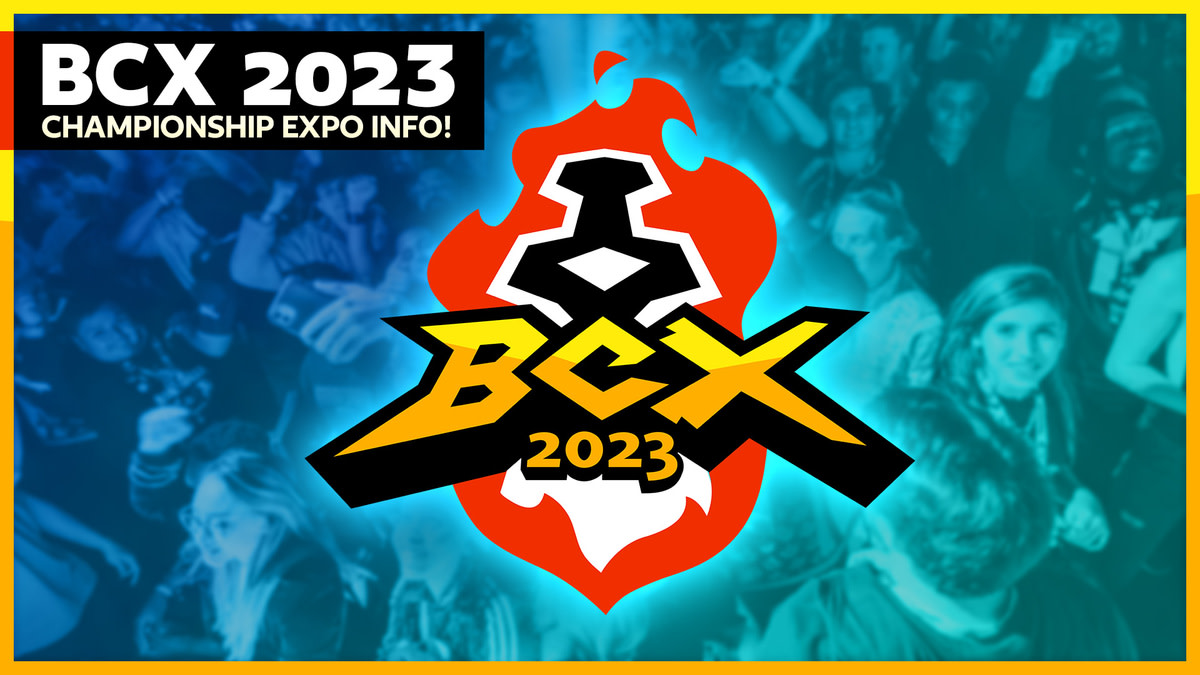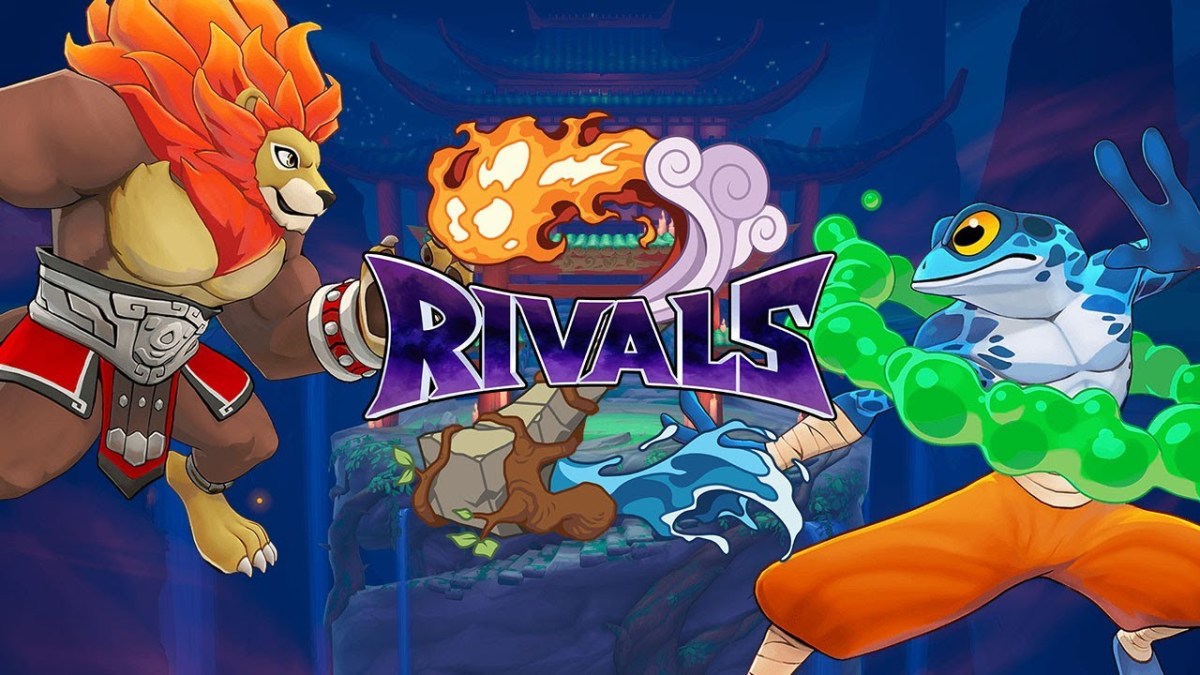No More Smash Clones — The Rise of Platform Fighters

Super Smash Bros. Melee for the GameCube ushered in an entirely new community of fighting game players, starting a grassroots platform fighter scene revolving around the game. Unfortunately, Nintendo has never supported Smash esports and launched a casual sequel known as Brawl with a focus on friendly fun.
Many dedicated players demanded a game that captured the spirit of Melee and some of them even ended up using their programming and developer know-how to create experimental platform games in an attempt to fill the void. The fan-made Project M (a game that turned Brawl into a more fast-paced fighter based on Melee) was born until Nintendo attempted to shut it down.
Once again, the scene turned to its own community to create platform fighters in its place. This eventually spawned the platform fighter renaissance, with games like Nickelodeon All-Star Brawl, Brawlhalla, and Rivals of Aether reaching beyond “Smash clone” status by expanding on the game and transforming what a platform fighter truly is. For example, Rivals of Aether has implemented a ledge special that has added to Ultimate’s off-platform play.
But to make a successful platform fighter, it takes more than an innovative game. The real heart and soul is the competitive community.

“Going into Brawlhalla, I thought this is a platform fighter that is different,” the game’s Producer, Adam Jones, said in an interview with Esports Illustrated. “It was interesting and exciting to be involved with it. But what really kept me going is when I said, ‘Oh, I see the potential but nobody is doing it the way the grassroots scene in Smash is doing it.’ I started trying just for fun but it really took off. And I said, ‘Okay, I’m staying. This game is amazing.’”
Despite having small teams and not a lot of funding, independent studios saw their platform fighters rise up thanks to a growing passionate community of competitors, cult followings, and passionate players. Without a big corporation like Nintendo to get in the way, will these newer platform fighters grow beyond anything Smash ever accomplished?

“People are looking for a new home because they are upset with what Nintendo is doing. They just keep pushing their community down and down and down and hurting them more and more and more,” Punkzilla President Cordell Felix told us. “Those people literally don’t care what’s going on with the tournament scene, with Melee…”
The minds behind some of the most popular platform fighters discuss the innovation and future behind the fighting game genre and its growing scene with Esports Illustrated.
